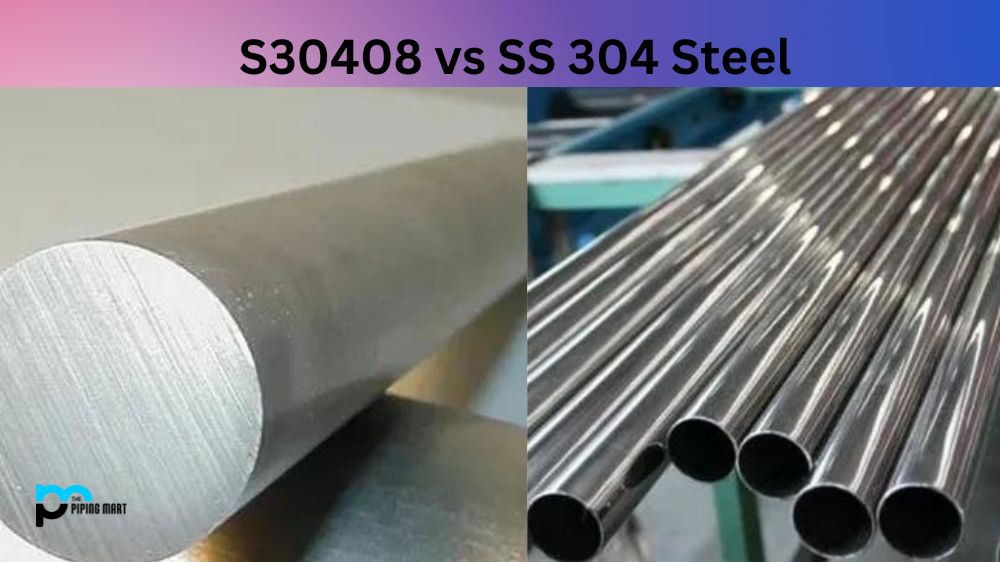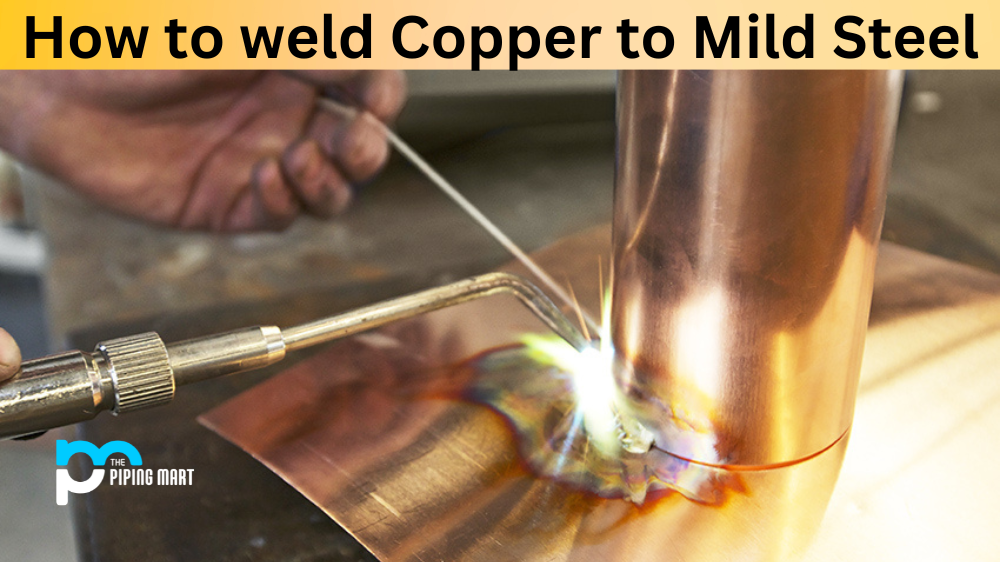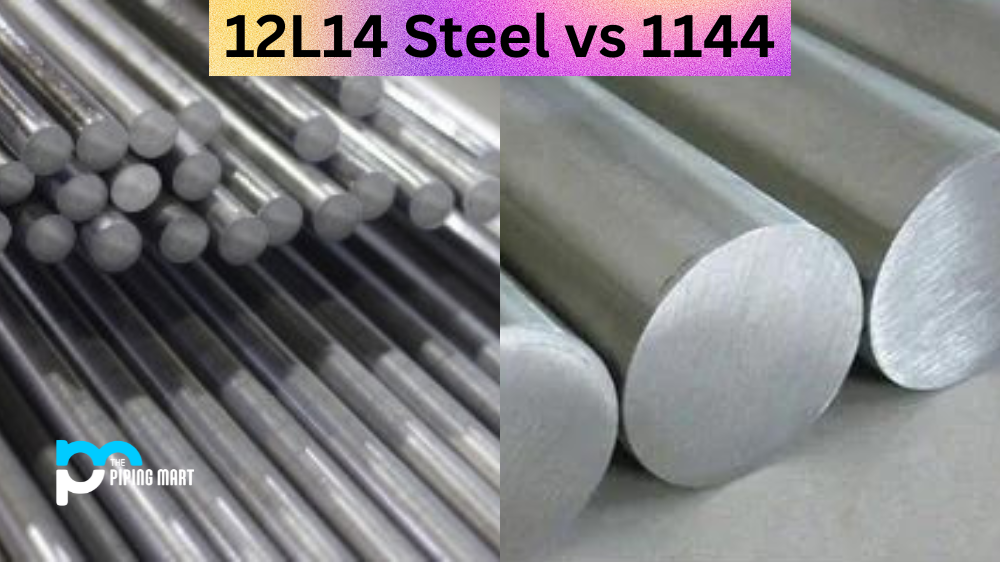Steel is a robust and versatile material that finds various applications across various industrial sectors. One such type of steel that has gained immense popularity over time is Stainless Steel. SS 304 Steel is a commonly used grade of stainless steel. However, another variation of SS 304 steel is S30408 steel. Is there any difference between the two grades of steel? Let’s explore this topic in detail.
What is S30408 Steel?
S30408 steel is a type of stainless steel which belongs to the 300 series. It has excellent corrosion resistance due to its high chromium content, making it ideal for use in applications such as automotive parts, kitchen sinks and exhaust systems. Additionally, it features good weldability and formability, making it easy to work with. The steel’s mechanical properties are also quite good, boasting a yield strength of 205MPa and a tensile strength of 520-680MPa.
What is SS 304 Steel?
SS304 steel, also known as AISI 304, is a versatile austenitic stainless steel widely used for manufacturing various products. It contains high levels of chromium and nickel, giving it excellent corrosion resistance in indoor and outdoor environments. Its mechanical properties make it ideal for many applications ranging from automotive components to medical equipment. SS304 has excellent ductility and formability, making it a perfect choice for most applications.
Difference Between S30408 and SS 304 Steel
Chemical Composition
The chemical composition of S30408 and SS 304 steel is identical. Both grades come with 18% Chromium and 8% Nickel, which make them excellent for corrosion resistance. The carbon composition of both alloys is the same, with a maximum of 0.08%. The only difference is their names, where S30408 follows the ASTM A240 standard, and SS 304 follows the AISI standard.
Physical Properties
The physical properties of S30408 and SS 304 steel are alike. Both alloys exhibit excellent strength and durability and are highly corrosion-resistant. They are also non-magnetic, making them ideal for medical and food-grade applications. However, S30408 Steel has a modulus of elasticity slightly higher than SS 304 steel, which means it can withstand more elastic deformation.
Weldability
Both S30408 and SS 304 steel can be welded to a high standard. However, S30408 Steel offers better welding results than SS 304 steel. This is because of the slightly higher content of Chromium and Nickel in S30408 Steel. This increased content of Nickel provides better welding results due to its ability to stabilize austenite, the primary microstructure formed during welding.
Applications
S30408 and SS 304 Steel find extensive applications in manufacturing food processing equipment, chemical processing plants, and medical devices. The excellent resistance to corrosion and high durability make them ideal for harsh working environments where exposure to chemicals and corrosive elements is expected. The non-magnetic nature of these alloys also enables their use in electronic components.
Cost
The cost of both S30408 and SS 304 steel is almost the same. The only difference can be the standard they follow as they have identical chemical and physical compositions. Therefore, the cost of these steels depends on the location and the supplier. However, as both alloys are commonly available, acquiring them is fine.
Conclusion:
In conclusion, the difference between S30408 and SS 304 Steel is nominal. The primary dissimilarity lies in their names and the standards they follow. Both grades exhibit excellent resistance to corrosion, high strength, and durability. They are also non-magnetic, making them ideal for electronic applications. The cost of both these steels is almost similar and commonly available in the market. Therefore, the choice between them depends on the specific applications’ requirements.
Rachana is a dedicated and ambitious young woman who has made a name for herself in the metal industry. From her earliest days in the industry, Rachana showed a natural talent for problem-solving and a keen eye for detail. In her free time, She enjoys reading up on the latest advancements in the industry, as well as exploring new ways to innovate and improve upon existing processes.




